- PRECIOUS GEMSTONE
-
GEMSTONES
- SEMI-PRECIOUS GEMSTONES
- BIRTH STONES
- RUDRAKSHA

What Is the Difference Between Moonstone and Opal?
INTRODUCTION:
In the world of gemstones, few hold the allure of moonstone and opal. These ethereal gems with their unique beauty, each possessing a distinct character and charm. While they may share some similarities, delving deeper reveals their individuality.
ORIGINS AND FORMATION:
Moonstone
Moonstone, aptly named for its lunar-like glow, is a variety of the mineral feldspar. It is formed through a process called adularescence, where light interacts with microscopic layers within the stone, producing a shimmering effect reminiscent of moonlight on water. Moonstones are commonly found in Sri Lanka, India, and Madagascar.
Opal
Opal, on the other hand, is a hydrated amorphous form of silica. Its play-of-color arises from the diffraction of light by silica spheres arranged in a grid-like pattern. Opals can form in a variety of environments, including sedimentary rocks and volcanic regions. Australia is renowned for its opal mines, particularly the iconic Australian white opal and the vibrant black opal.
APPEARANCE:
Moonstone
Moonstone exhibits a soft, milky appearance with a gentle iridescence known as adularescence. Its color ranges from colorless to white, with varieties displaying hues of peach, blue, or gray. The stone often features a translucent to opaque body, enhancing allure.
Opal
Opal, renowned for its kaleidoscopic play-of-color, boasts an array of hues that dance and shift as light strikes its surface. From fiery reds and oranges to electric blues and greens, opals offer a spectrum of colors unparalleled in the gemstone world. The base color of opal can vary, with popular varieties including white opal, black opal, boulder opal, and fire opal.
DURABILITY AND CARE:
Moonstone
Moonstone, with a hardness of around 6 to 6.5 on the Mohs scale, is relatively softer compared to other gemstones. As such, it requires gentle handling to prevent scratches and damage. Avoid exposing moonstone jewelry to harsh chemicals or sudden temperature changes, as these can affect its appearance and stability.
Opal
Opal, while not as hard as diamonds or corundum (sapphire and ruby), can vary in hardness depending on its composition and structure. Most opals range from 5.5 to 6.5 on the Mohs scale, making them susceptible to scratching and impact damage. Proper care involves avoiding activities that may subject opals to rough handling or excessive heat, which can cause cracking or crazing in the stone.
SYMBOLISM AND SIGNIFICANCE:
Moonstone
Moonstone has long been associated with intuition, and femininity. In various cultures, it is revered as a talisman for enhancing emotional balance, intuition, and creativity. Moonstone is often linked to the moon and its cycles, symbolizing renewal, growth, and the ever-changing nature of life.
Opal
Opal, with its vibrant hues and dynamic play-of-color, has been revered throughout history as a symbol of hope, love, and passion. It is believed to enhance creativity, spontaneity, and emotional expression. Opal is also associated with inspiration and imagination, making it a cherished gem for artists, writers, and visionaries.
CONCLUSION:
While moonstone and opal share a celestial allure and a charm, each gemstone possesses its own unique characteristics and symbolism. Whether you're drawn to the serene glow of moonstone or the play-of-color of opal, both gems offer a glimpse into the beauty and wonder of the natural world.
My Account
Contact Info
- Address: 28, 7th Street, Tatabad, Coimbatore, Tamil Nadu - 641012, India.
- Phone: +91 7264 999 000
- Email: eloragems@gmail.com
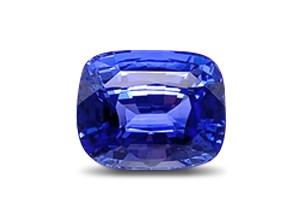 Blue Sapphire (Neelam)
Blue Sapphire (Neelam) 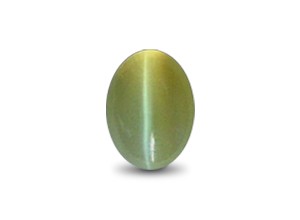 Cats Eye (Vaiduryam)
Cats Eye (Vaiduryam) 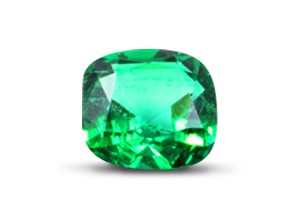 Emerald (Maragadham)
Emerald (Maragadham)  Hessonite (Gomed)
Hessonite (Gomed) 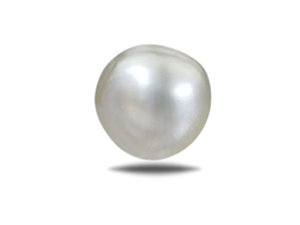 Pearl (Muthu)
Pearl (Muthu) 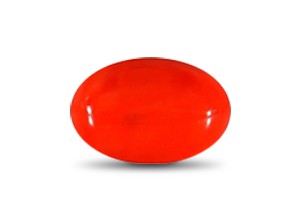 Red Coral (Pavalam)
Red Coral (Pavalam) 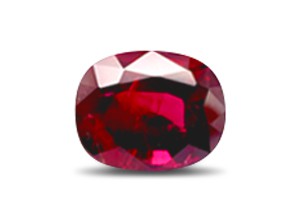 Ruby (Manik)
Ruby (Manik)  Yellow Sapphire (Pushparag)
Yellow Sapphire (Pushparag) 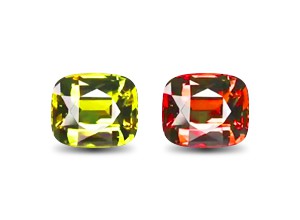 Alexandrite
Alexandrite 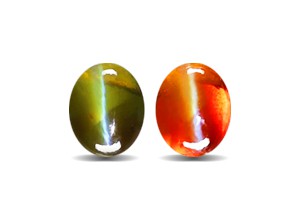 Alexandrite Cats Eye
Alexandrite Cats Eye 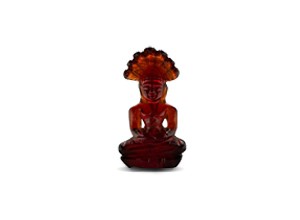 Carving Gem Stones
Carving Gem Stones 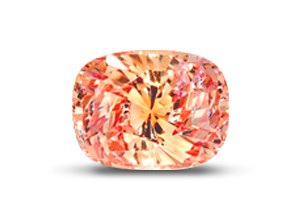 Padparadscha Sapphire
Padparadscha Sapphire 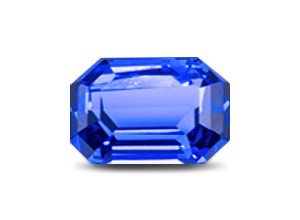 Tanzanite
Tanzanite 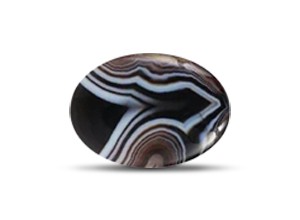 Agate
Agate  Amber
Amber 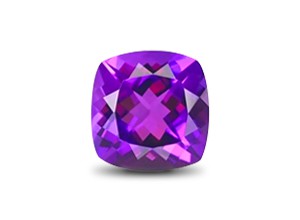 Amethyst
Amethyst 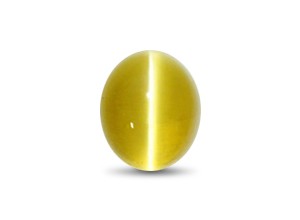 Apatite Cat's Eye
Apatite Cat's Eye 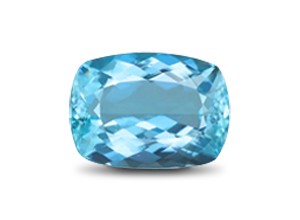 Aquamarine
Aquamarine 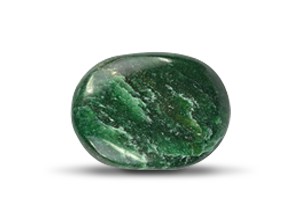 Aventurine
Aventurine 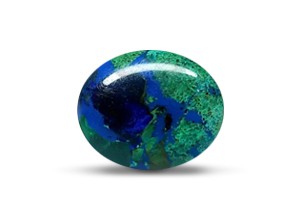 Azurite
Azurite 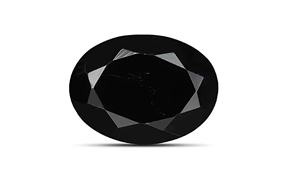 Black Tourmaline
Black Tourmaline 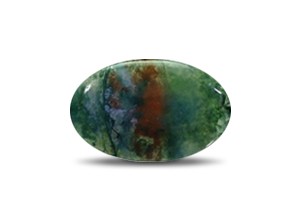 Bloodstone
Bloodstone 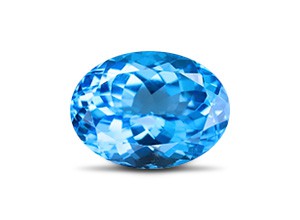 Blue Topaz
Blue Topaz  Calcite
Calcite 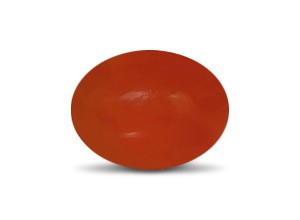 Carnelian
Carnelian 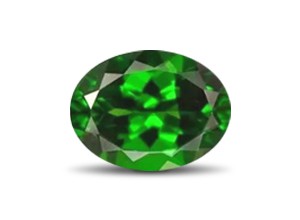 Green Sapphire
Green Sapphire 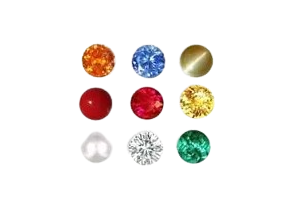 Navratna
Navratna 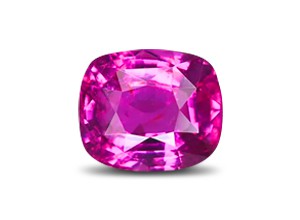 Pink Sapphire
Pink Sapphire 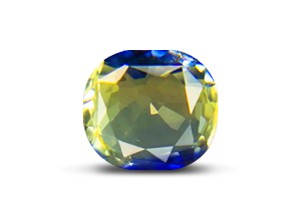 Pitambari Neelam
Pitambari Neelam 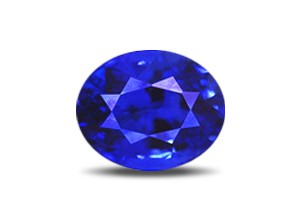 Sapphire
Sapphire 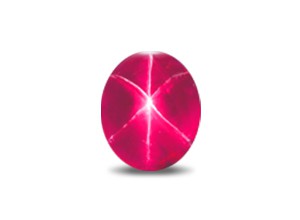 Star Ruby
Star Ruby 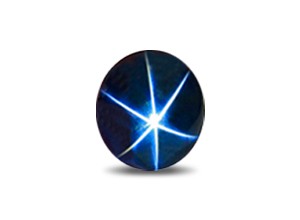 Star Sapphire
Star Sapphire  White Coral
White Coral 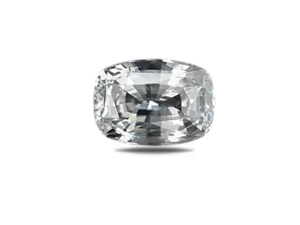 White Sapphire
White Sapphire 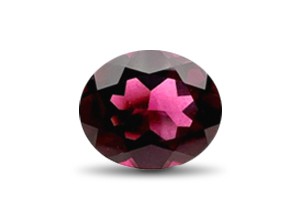 January Birthstone
January Birthstone 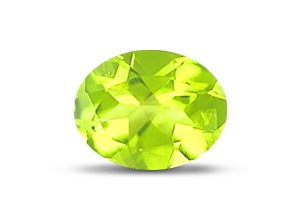 August Birthstone
August Birthstone 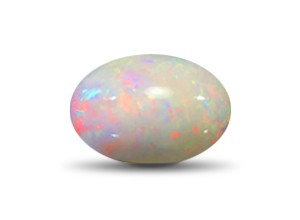 October Birthstone
October Birthstone 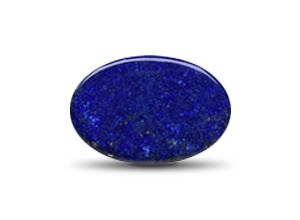 December Birthstone
December Birthstone 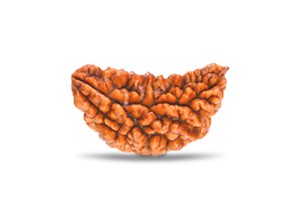 1 Mukhi Rudraksha
1 Mukhi Rudraksha 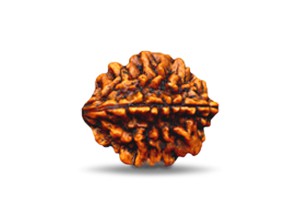 2 Mukhi Rudraksha
2 Mukhi Rudraksha  3 Mukhi Rudraksha
3 Mukhi Rudraksha 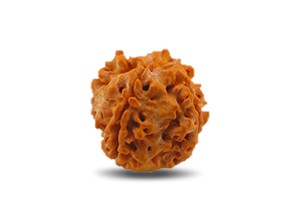 4 Mukhi Rudraksha
4 Mukhi Rudraksha  5 Mukhi Rudraksha
5 Mukhi Rudraksha 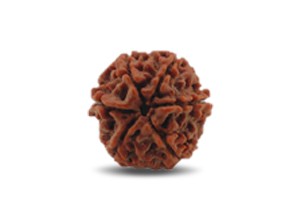 6 Mukhi Rudraksha
6 Mukhi Rudraksha 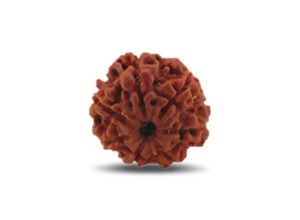 7 Mukhi Rudraksha
7 Mukhi Rudraksha 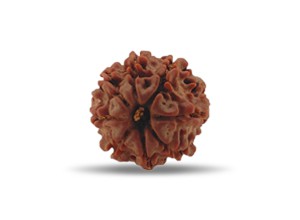 8 Mukhi Rudraksha
8 Mukhi Rudraksha 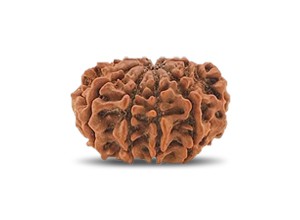 9 Mukhi Rudraksha
9 Mukhi Rudraksha 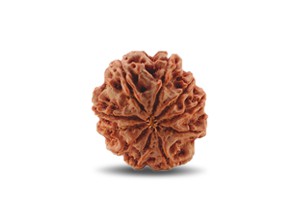 10 Mukhi Rudraksha
10 Mukhi Rudraksha 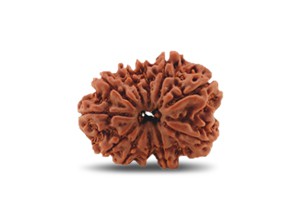 11 Mukhi Rudraksha
11 Mukhi Rudraksha 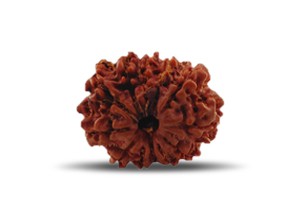 12 Mukhi Rudraksha
12 Mukhi Rudraksha 
